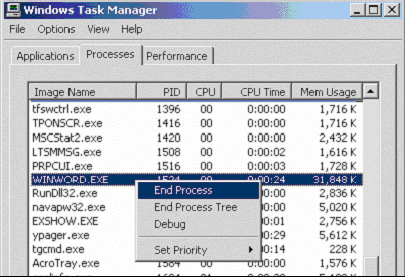
The details of this will vary depending on your platform, but in general the principle is that you have legitimately used up all your resources, and you need more nodes to take the load. You should be able to compare these to the resources you requested to determine why your request was not met, and choose where to autoscale or provision a larger node accordingly.ī) Provision appropriately-sized nodes Solutions Detail A) Set up autoscaling (Total limits may be over 100 percent, i.e., overcommitted.) Which, under ‘Capacity:’, ‘Allocatable:’, and ‘Allocated resources:’ will tell you the resources available in each node, eg: $ kubectl describe nodes Once you know what those resources are, you can compare them to the resources available on each node. Step 1 should have shown you whether you are specifically requesting resources. Your resource request can fit on a node in the cluster, but those nodes already have workloads running on them which block yours being provisioned Your resource request cannot fit into any node on the cluster If you have made a resource request, then there are two possibilities: 2) Have you requested too many resources?

At this point you need to consider solution A. If no request is made and you are out of resources, then it is likely that you have no available nodes. What this request is will depend on other configuration in the cluster. If no resource requests are in the YAML, then a default request may be made. "3600" image: busybox name: broken-pods-too-much-mem-container resources:


 0 kommentar(er)
0 kommentar(er)
